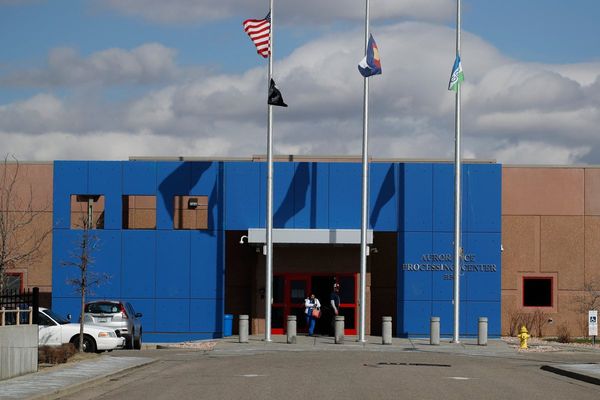The Railway Ministry has expressed “serious concern” over the increasing number of spring and brake failures detected on running trains, even those using Linke Hofmann Busch (LHB) rakes.
Railway sources say that though the Online Monitoring of Rolling Stock (OMRS), an automated system installed along the track, has been detecting wheel or bearing failures and generating alerts, the inspection reports of mechanical staff have none of them.
In an advisory to Zonal Railways, the Railway Board said an analysis of failure reports generated by the system had revealed that the maintenance staff who inspected the train at the destination point found no fault in the rakes. While the system detected brake binding (where the brakes applied do not reverse to original position), the mechanical staff reported no defect. The system installed on either side of the track detects faults in passenger and goods trains, the sources say.
“While analysing failure reports of high OMRS alert value (>350KN) of coaches, it is seen that some of the [Zonal] Railways report “no defect found”. Similarly, in brake binding cases also, remarks of “nothing found wrong” is frequently observed. All coaching depots should be advised to do a proper and extensive investigation of high OMRS alert and brake binding cases,” the advisory said.
The Principal Chief Mechanical Engineers of all Zonal Railways were directed to follow a standard operating procedure by filling in a pro forma issued by the Research Designs and Standards Organisation (RDSO), railway’s research arm, while dealing with defects identified by the system at primary and secondary maintenance depots.
Automatic identification
Three years ago, the Railways announced adoption of automation and instrumentation in its maintenance practices for detecting defects/deficiencies in rolling assets. The objective was to achieve machine-assisted automatic identification of defects in the rolling stock, well before any catastrophic failure. “This will lead to a paradigm shift in maintenance practices of rolling stock of Indian Railways from ‘Time Based Maintenance’ to ‘Condition Based Predictive Maintenance’ with a view to enhance reliability and availability along with improved safety of the rolling stock during run,” the Railways said in a statement. The Railways said the OMRS was a way-side inspection system consisting of acoustic-bearing detector or rail-bearing acoustic monitor and wheel impact load detector and wheel condition monitor to detect the faults in the bearings and wheels of rolling stock.
“OMRS monitors the health of each rolling stock (coach) of the train in order to identify defective bearings and wheels. Defect report generation and alert communications takes place in real time for taking corrective action accordingly,” the railways said while introducing OMRS.







